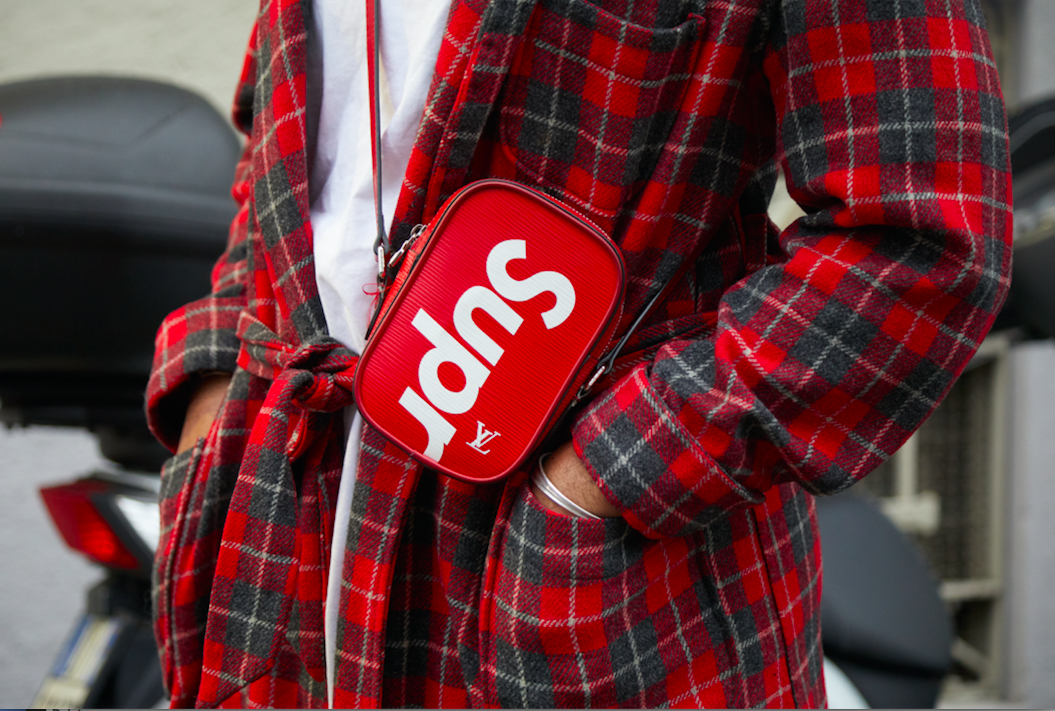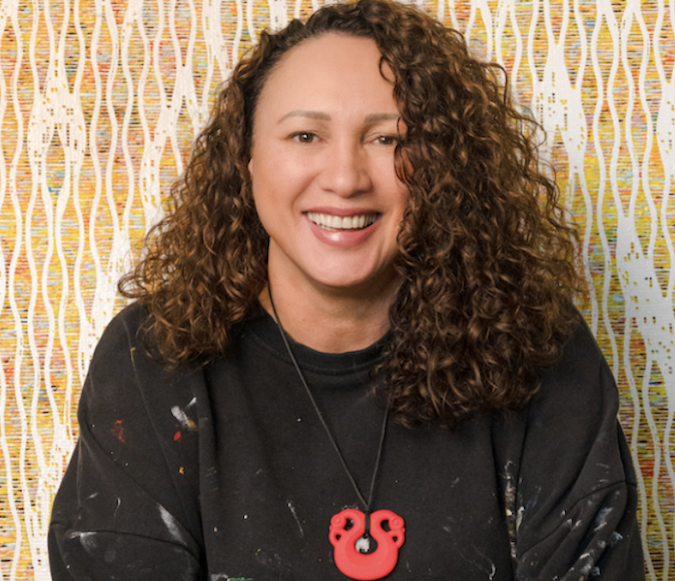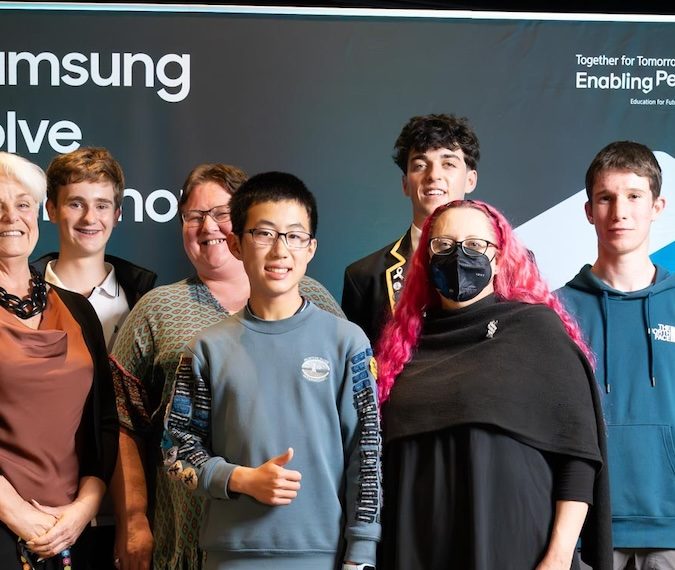Trickle-up theory: how digital culture is changing the way fashion trends develop

If you’ve ever seen the iconic fashion film, The Devil Wears Prada, you’ll be familiar with Meryl Streep’s blue sweater monologue. Streep plays formidable editor Miranda Priestly, who is conferring with her assistant to decide between two seemingly identical belts. Amused by the stupidity of it all, clueless intern Andy lets out a snort of laughter that prompts a terrifying rant from the editor herself.
Looking at Andy’s casual attire, Priestly goes on to say that Andy may think her frumpy blue sweater represents an indifference to fashion but is actually inspired by trends decided upon in fashion houses long ago.
Aside from being unbearably awkward and totally entertaining, Streep’s speech is a perfect explanation of the ‘trickle down’ theory, where high-fashion trends are cheaply (and now, quickly), duplicated by high street stores. But we have to ask, in the age of social media and self-made celebrities, do the Miranda Priestleys of the world still wield the same power over the daily decisions of consumers?
What is the trickle-down cycle?
Coined in 1899 by American economist and sociologist Thorstein Veblen, the ‘trickle-down theory’ is based on the idea that fashion is a hierarchal industry. In ‘The Theory of the Leisure Class’, Veblen identified that clothing was a key element used by upper classes to differentiate themselves as elite. So, top designers would present new, expensive collections, which would eventually be mimicked by lower classes in order to emulate wealth and social status. And by the time certain styles or looks had been appropriated by the masses, they had lost their social capital, and the upper class would be pursuing something new, pushing the ever-evolving fashion cycle on.
What is the trickle up cycle?
While this cyclic game of fashion is one of the oldest theories of distribution, it may no longer be the most influential according to Massey University retail studies expert, Dr Jonathan Elms.
As the founding director of the Centre for Advanced Retail Studies, the Englishman was invited to leave his position in Scotland to lead New Zealand’s first retail degree at Massey University in 2014. So, when it comes to retail trends, Dr Elms knows what he’s talking about.
According to Dr Elms, the trickle down from catwalks to high streets may still be present, but has undoubtedly been replaced by ‘trickle up’ practices.
“A lot of couture designers are not only looking for inspiration in landscapes, and abstract images, all the kinds of things they used to look at, they’re going to the street; they’re watching what the kids are wearing in the CBD and the cool, trendy places,” Dr Elms says.
Melanie Cutfield, The Warehouse’s creative director, agrees that digitisation has shifted the power dynamics and changed the way designers analyse trends and create collections.
“When I was working in London it was pre-internet, so we would look at what was released on the catwalk and then design and develop a high street version of that.”
However, Cutfield says the internet and globalisation of fashion have created a far better-informed audience who are demanding both designers and mass-market retailers like The Warehouse step up their game.

So, why is trickle-up happening now?
According to Dr Elms, the phenomenon has been in the works for the past 15 years. As individuals gain agency through technology, Veblen’s trickle-down theory of the early 1800’s depended on the hierarchal society’s collective desire to climb the social ladder. However, with technological connectivity and social media, it seems that the cool kids don’t need to get to the top of the ladder to be seen or heard anymore. Instead, individuals can create meaning and gain following from wherever they are. This shift in dynamic is something New Zealand Fashion Week’s CEO, Dame Pieter Stewart, has also seen develop over the years.
“For many designers, their largest sales channels are now their online stores, so it’s imperative they maintain an active social media presence,” Stewart says. She explains that the digital space is now a key place for brands to showcase collections, develop personalities and forge relationships with customers.

‘Is Fashion Week dead?”
It’s the question that has been whispered between newspapers and fashion bloggers alike, as even the New York Fashion Week has turned from the ‘it’ event to the ‘eh’ event, with key labels abandoning the show.
Initially a ‘trade-only’ event, Fashion Week was an exclusive opportunity for fashion buyers and media to view collections months before being released.
“The catwalk used to be the thing that drove all of the fashion” says The Warehouse’s Melanie Cutfield, who said that now with social media, designers could get publicity anytime from anywhere.
So how does New Zealand Fashion Week continue to thrive while its overseas counterparts sink? Stewart said the key was understanding that one had to adapt or die.
“All industries and businesses have transformed and adapted alongside digitalization – including NZFW,” she says. “It’s an evolution but I don’t think it’s unique to the fashion industry.”
Unlike overseas events, which have died clutching the traditionally exlusive model, NZFW was deftly pivoted toward a customer-focused structure that has been met with huge success. The now-iconic ‘Fashion Weekend’ offering lets the wider public purchase affordable tickets to runway shows, brand events and designer pop-up shops.
How New Zealand Fashion Week will survive
So, how do experts think Fashion Week will survive the changing times?
Be diverse.
Quick to respond to changing times, international fashion weeks have already begun to diversify their respective events, which now include pop-up stores, selling items exclusive to the event and offering tiered tickets to attendees, while fashion houses have adapted their showcasing techniques. Labels like Victoria Beckham and Marchesa have substituted pricy runway shows for intimate mini-shows for select audiences, while New Zealand celebrity Matilda Rice wielded her considerable social media influence as she walked in the Jockey runway show in NZFW 2017.
Get online.
Today, online presence has almost eclipsed physical presence and Fashion Week is no exception. Platforms are validating our experiences more than ever, which means that while people care if you’re at fashion week, they care more if they see you are on Instagram and Snapchat. Despite dramatic claims, the runway isn’t set to die just yet but does need to be used in conjunction with digital media in order to have a maximum effect with audiences.
Look around.
In Dr Elms’ opinion, while being a successful fashion retailer is harder than ever in a digital era, the key to longevity would be looking to influencers and subcultures to stay relevant. “It’s not about dictating what’s going anymore but fully absorbing everything around you. You need to find out where you’re placed, what you can do better, what you should do less of because you’re no longer dictating or controlling what is fashionable anymore,” he says.
Find influence.
According to The Warehouse’s Cutfield, as street fashion grows in popularity, it won’t be the big marketing companies or million-dollar budgets that dominate audiences, but the social media influencers.
“We’re sort of flattening our social classes and social media supports that,” Cutfield said. “Everyone has a voice now and I think that’s why companies feel like they need to buy someone with a following because you can’t buy that from advertising companies.” Iconic American label Tommy Hilfiger caught onto this tactic, opening its Spring 2016 Fashion Show with supermodel and global influencer Gigi Hadid. Capitalising on the young starlet’s following, the brand reported a monumental boost in sales and brand recognition that is still going strong today. Countless other brands have done similarly, with Miu Miu’s 2018 runway show featuring actresses like Uma Thurman and Kate Bosworth in place of professional runway models.
Partner up.
Dr Elms says partnership is another key for the survival of Fashion Week and its participating brands. “It’s not just the designer anymore, everything is co-designed, everything is co-produced, the value is co-created, from consumers, from designers, from retailers,” he says. While the mix of high-end fashion and casual streetwear labels seems bizarre, you know it’s worth exploring when the likes of Louis Vuitton and Selfridges jump on the bandwagon. The London luxury department store partnered with hip-hop artist A$AP Rocky for a pop-up store in 2017, while Louis Vuitton collaborated with skateboard brand Supreme for a fashion range that generated NZ$200 million in sales.
So, it seems that the powers that be are indeed still making our sartorial choices for us, albeit through different channels than they might have done previously. The cycle of inspiration may shapeshift from designer-led to street-style led, but it’s safe to say it’ll cycle back again.




